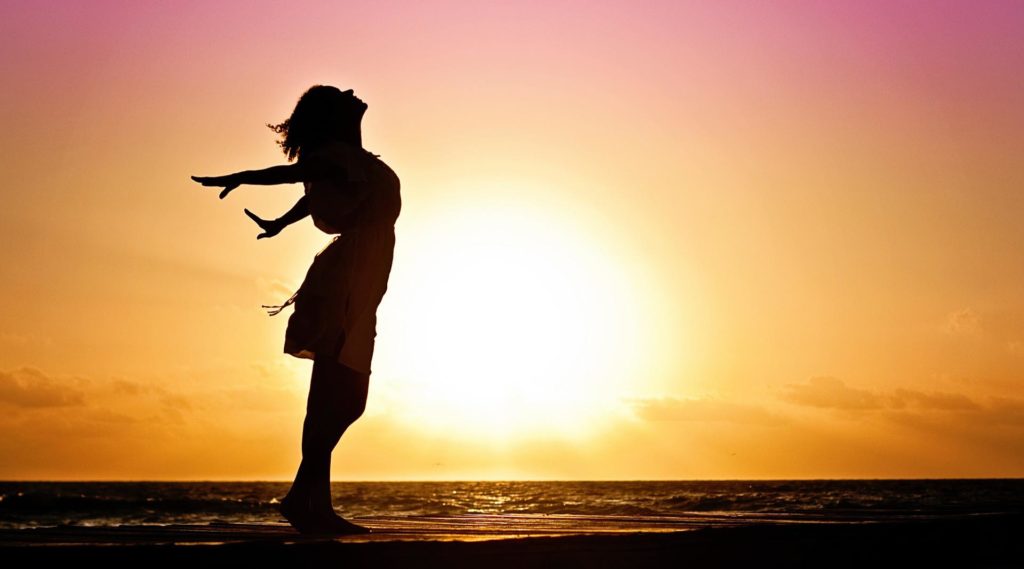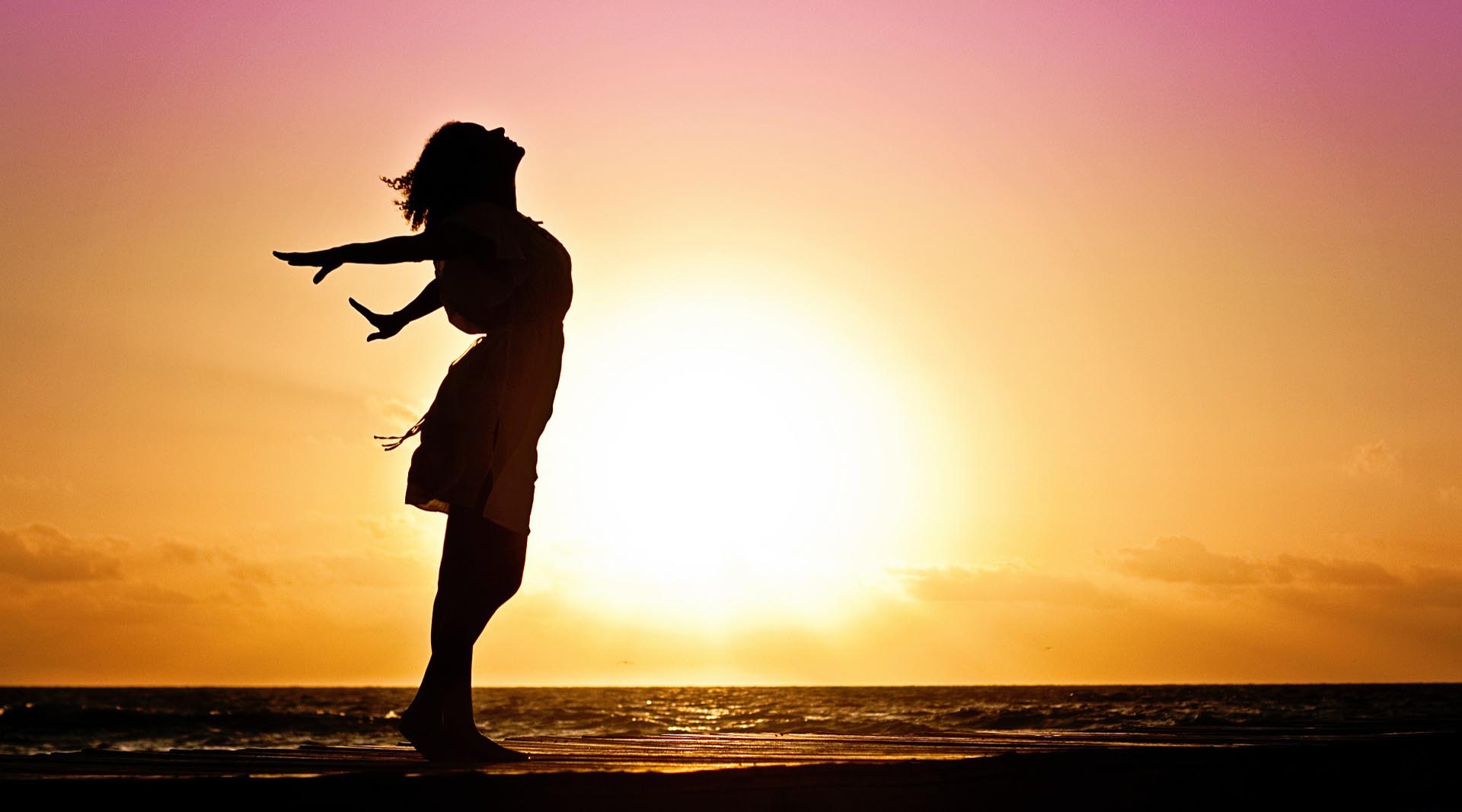 The Importance of proper breathing when exercising
The Importance of proper breathing when exercising
Have you experienced being light headed, dizzy or even fainted whilst exercising? One cause of this could be incorrect breathing.
Breathing
Breathing is the involuntary act that we do everyday and pay little attention to it. However, did you know that breathing has some incredible health benefits, especially when paired with exercise?
Breathing correctly during exercise can help us to activate muscles and prevent injuries.
Warming up
Warming up and getting ready for exercise slowly prepares our cardiovascular system for physical activity. Correct breathing facilitates the release and storage of oxygen in our blood. Since our muscles demand higher amounts of oxygen during exercise, the warm up allows us to make oxygen more available in our blood allowing our body to prepare for more rigorous training.
During a training session
Different types of breathing are going to be beneficial depending on the type of exercise you are undertaking.
Weight lifters often hold their breath while doing heavy lifting. This kind of breathing technique creates Intra Abdominal Pressure (IAP). IAP helps to support the load on the spine during heavy lifting by increasing the tension through the muscles that attach to the spin – the diaphragm, transverse abodominis and internal obliques. It is also important to brace the abs whilst holding the breathe, a held breathe by itself will not create the support necessary. IAP does come with it’s risks as holding your breath prevents oxygen from reaching your muscles, heart and brain, which can increase your blood pressure. This can be dangerous to anyone with a history of heart issues. It’s recommended to only hold your breathe for a few seconds during he hardest part of the lift.
Pilates and Yoga participants will typically exhale during difficult movements. If you place your fingers inside your hips (do it now whilst reading) and cough or pretend to blow out 100 birthday candles, you will feel your abdominals contracting under your fingers. During the hardest part of pilates exercises we typically breathe out through pursed lips with a forced breathe (as you have just done) to help engage the abdominals during the most strenuous part of the exercise. IAP is not necessary during pilates or yoga as we are not lifting heavy weights that can put strain on our spine.
Cool down and relaxation
Finally, cooling down can be a time to focus on more relaxed and deeper breaths. By taking deep breaths into the lungs it helps to increase blood circulation, relax the body and aid in releasing and removing lactic acid build up, which helps to promote a speedy recovery post-workout. Deep breathing also activates the parasympathetic nervous system which helps to bring us into a relaxed state. With everyday stressors being particularly high now a-days we tend to adopt shallow, short breathes, so this is a great opportunity to take some time out, take some deep breathes and calm our mind and body.
So, breath in, breath out and enjoy your workout!
